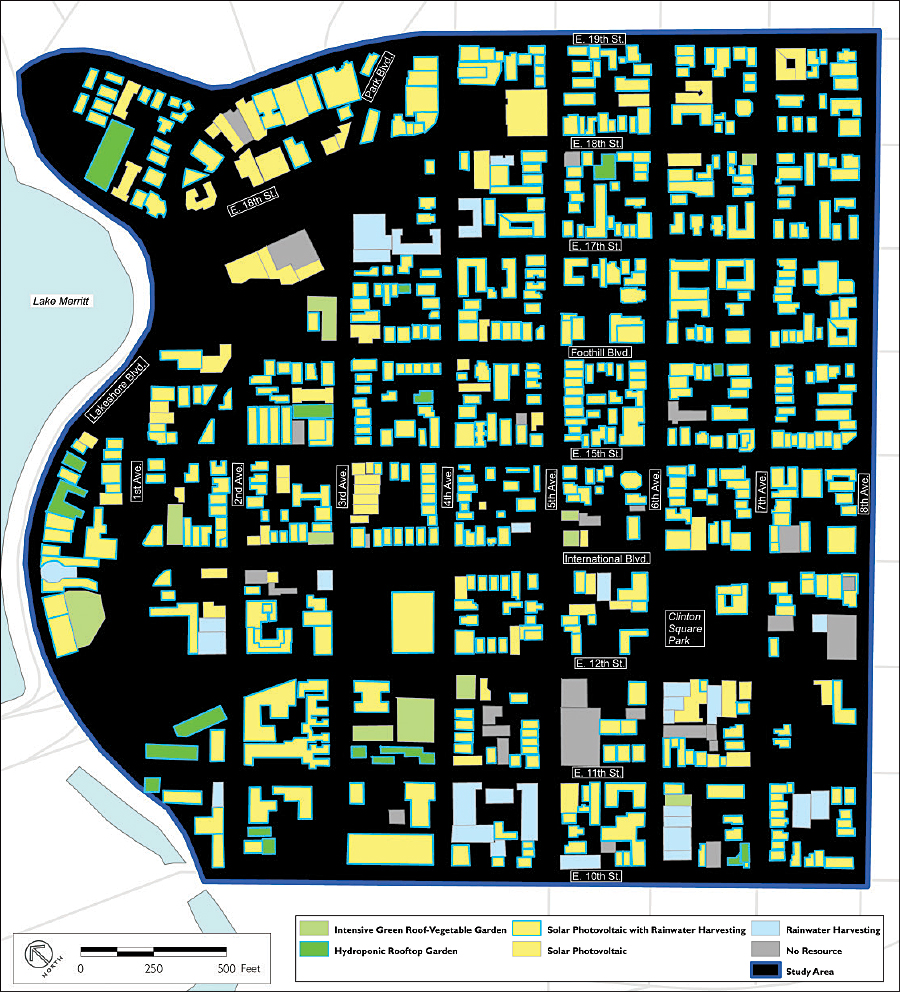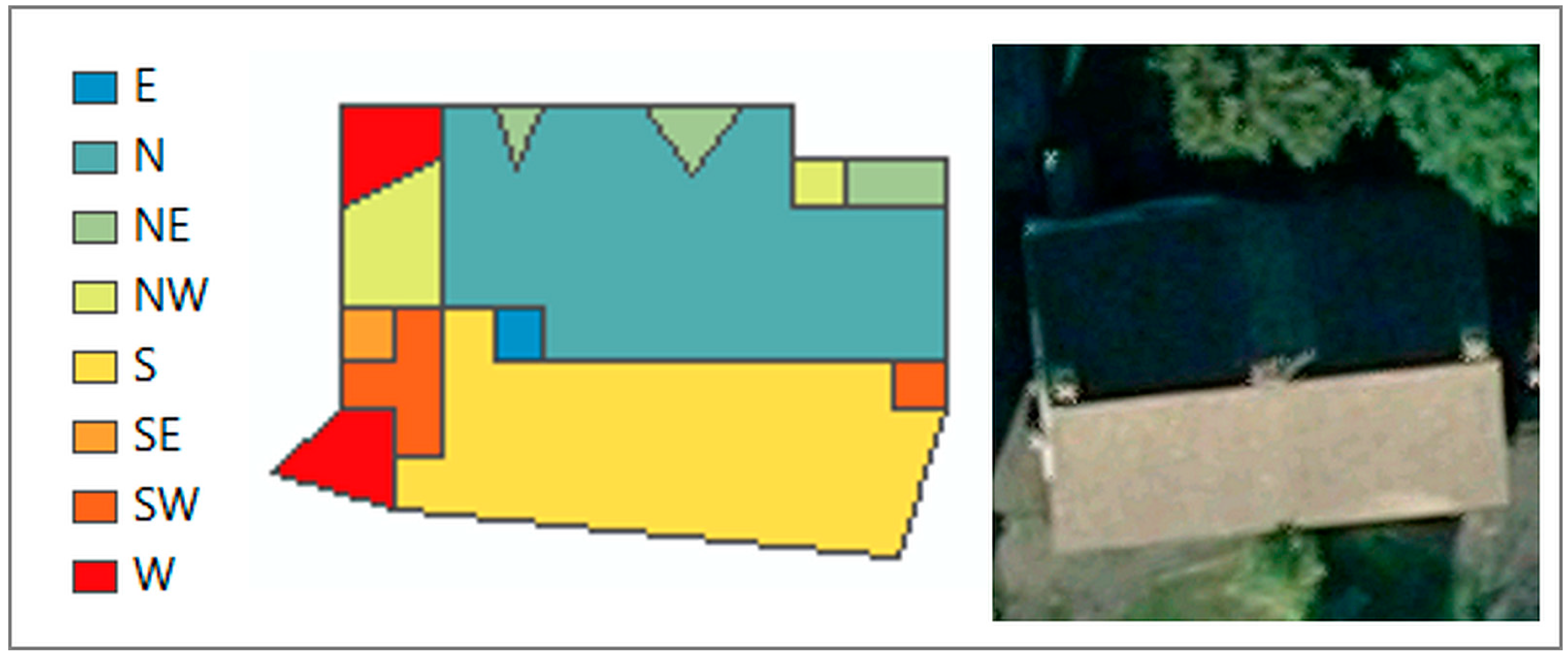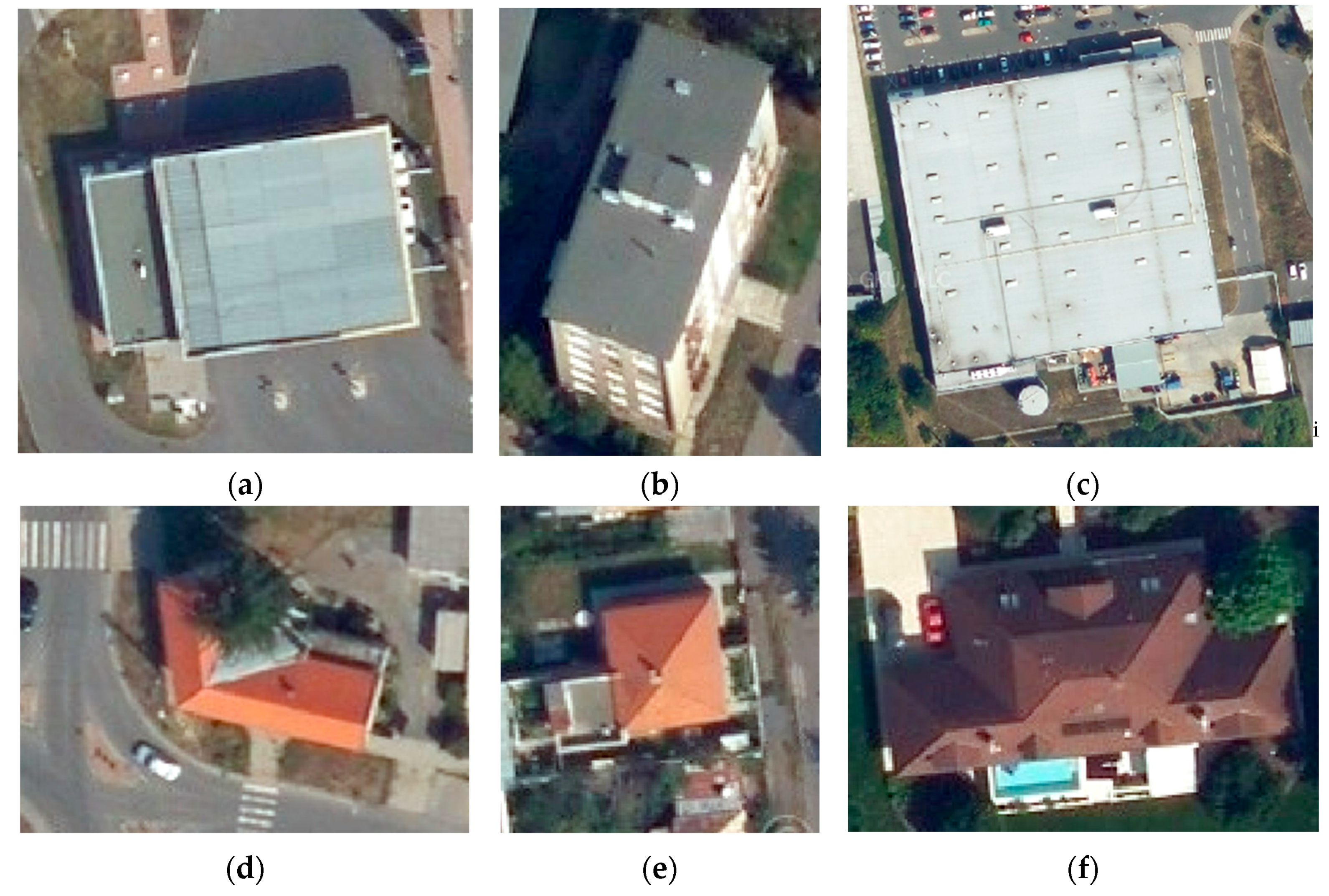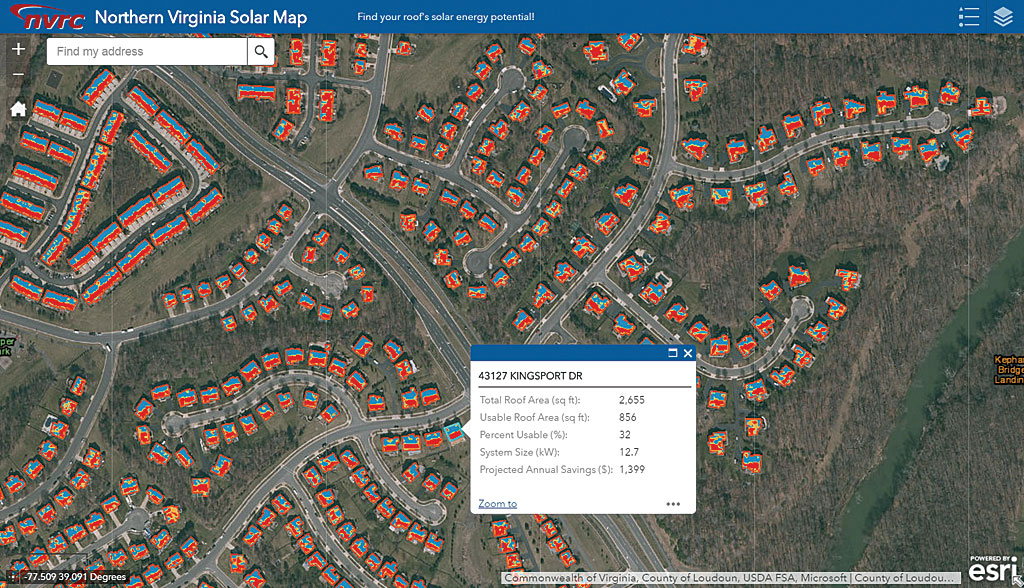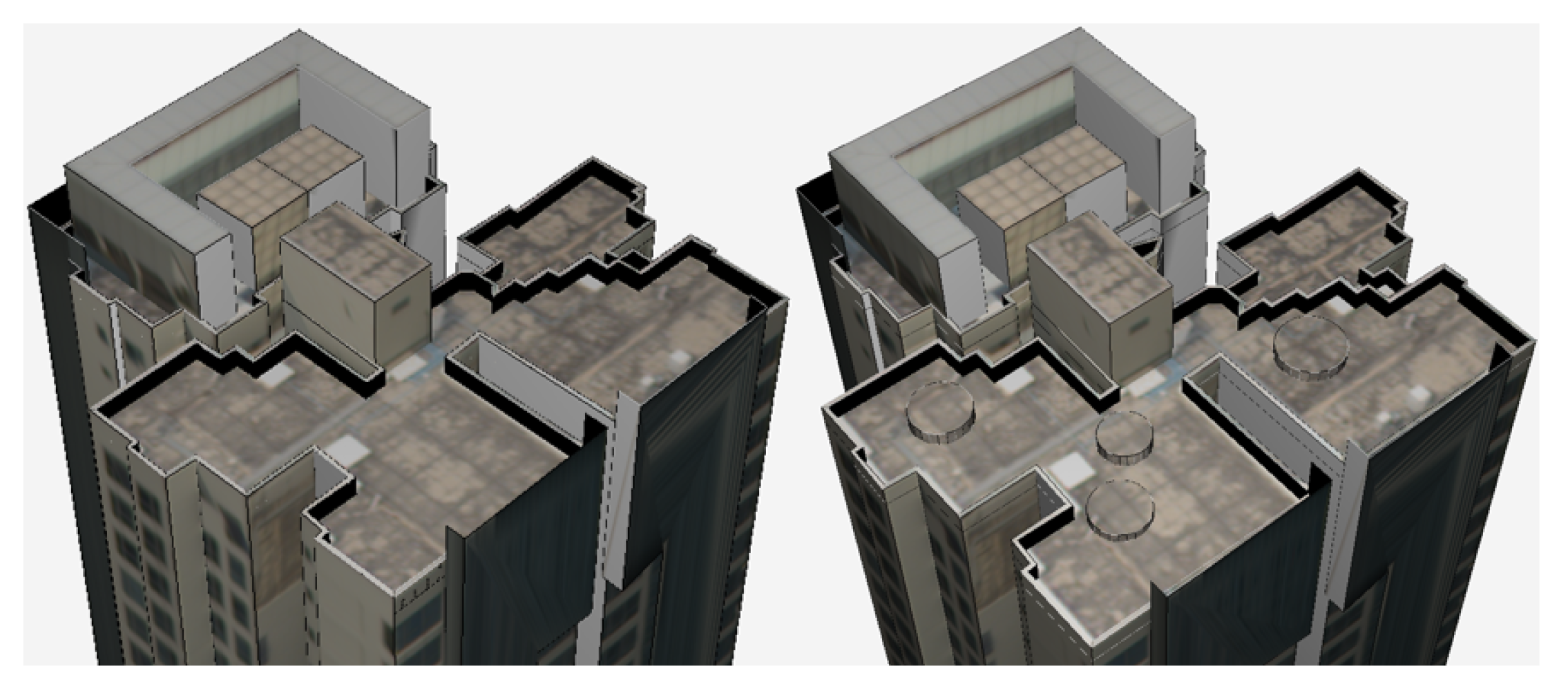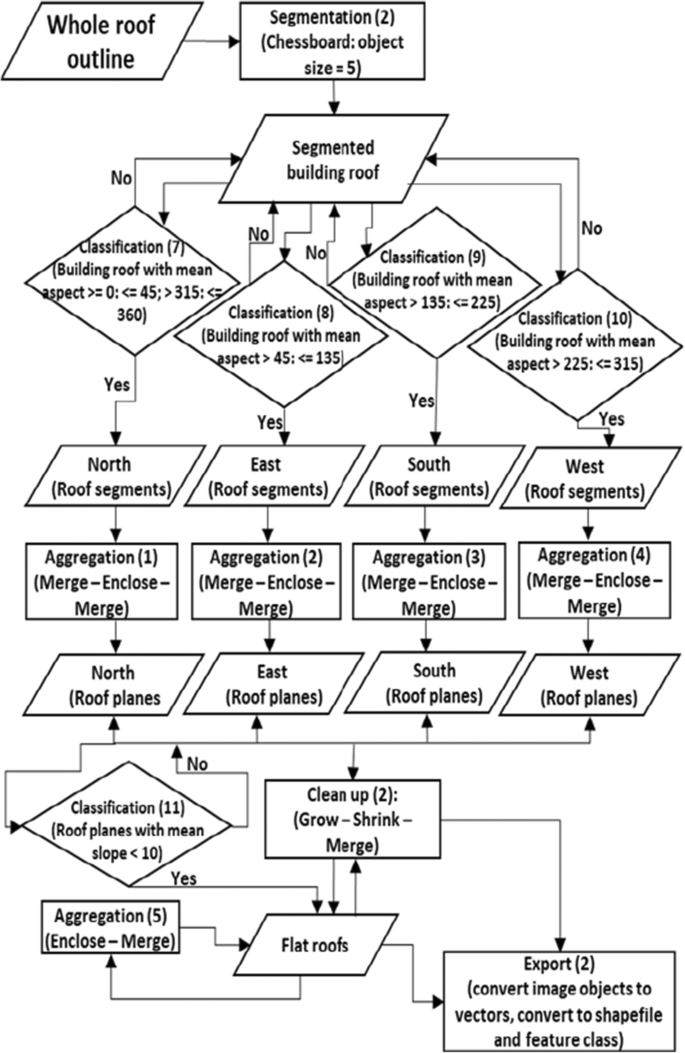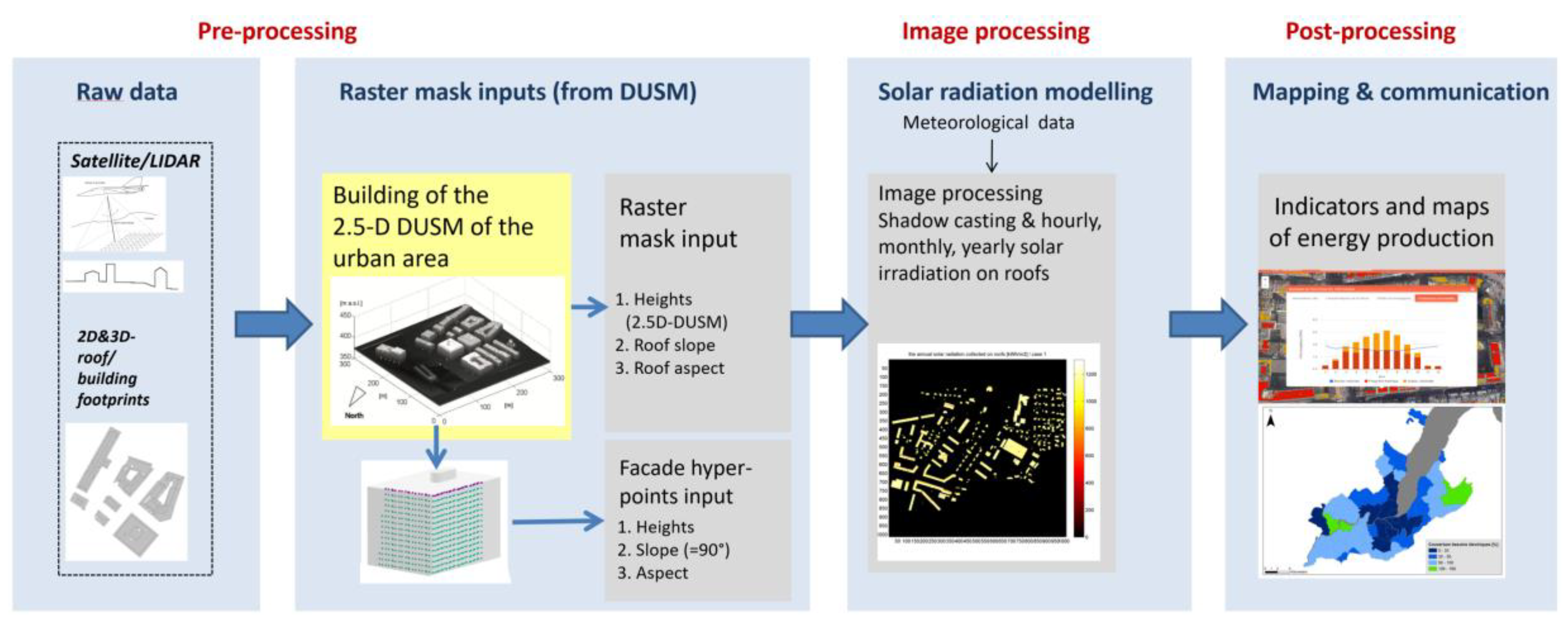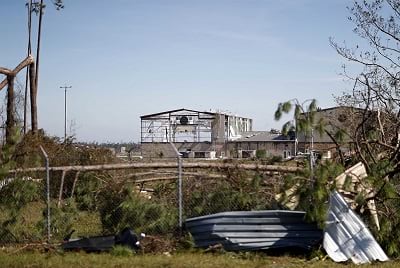Roof Detection Arcgis

The extract roof form tool will not automatically create 3d buildings but it will add attribute data to 2d building footprints that describe roof form and other roof attributes.
Roof detection arcgis. Digitalglobe ortho images obtained in 2011 and 2012 and supplemented with lidar light detection and ranging data collected. Once all the roofs are described that way a set of arcgis procedural rules is applied to extrude the building models using the manually digitized roof segments with heights and ridge directions computed from the dsm. Apply a set back of a meter of one meter or so and use just these points. It uses lidar derived surface model rasters and vector building footprints to find both flat and sloped planar areas within a roof area of a building.
Calculate the mean and standard deviation of the roof elevation points. This dataset consists of 2 dimensional roof outlines roofprints for all buildings larger than 150 square feet initially interpreted by a contractor rolta for the whole area of the commonwealth using color 30 cm. The arcgis based methodology developed by placeworks includes several modules. Minimum slope roof area this is the area threshold at which a sloped greater than 10 and less than 70 degrees planar surface is considered an architectural facet of interest.
Unfortunately this is not opensource software. If the standard deviation is within about 50cm of the mean then it is most likely flat. The software is available as an extension for arcgis and erdas imagine. If we can train a mask r cnn to extract relatively accurate masks of roof segments and discriminate among the basic roof types then with the power of existing arcgis geoprocessing tools and procedural rules the workflow of 3d building reconstruction will be mostly automated significantly reducing the amount of manual labor and bringing down the cost of 3d content creation.
Minimum roof height this is the minimum height above ground for a planar surface to be considered a roof plane based on input ndsm. The tool then estimates a standard architectural form for the roof based on the attributes collected from these planar surfaces. The first step was a visual analysis of all buildings in the project area using aerial photographic data for automatic detection of buildings and rooftops with arcmap the esri world imagery basemap and google maps street view. Building detection and 3d roof reconstruction using multispectral orthoimagery.

